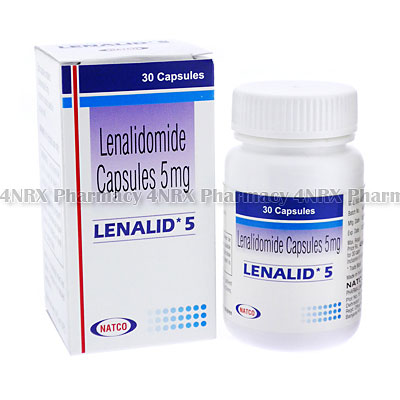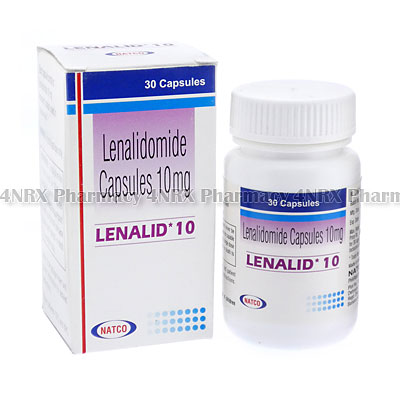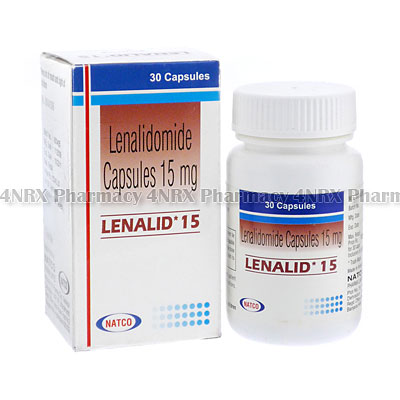 |
Home  Generics Generics  Lenalid (Lenalidomide) Lenalid (Lenalidomide) |
|
|||||||||
|
Lenalid (Lenalidomide)
What is Lenalid (Lenalidomide) used for? Lenalid (Lenalidomide) is given to patients suffering from certain bone marrow or blood disorders (multiple myeloma or myelodysplastic syndrome) to treat anemia. Patients who suffer from these conditions lack sufficient red blood cells and often require blood transfusions. This drug can help to reduce the need for blood transfusions. It belongs to a class of medicines known as immunomodulators, which work by reducing the response of the immune systeme, thereby lowering the amount of red blood cells destroyed by the body. How should I use Lenalid (Lenalidomide)? Patients using Lenalid (Lenalidomide) to treat myelodysplastic syndrome, are usually directed to take one capsule per day, with water. Patients who are taking this drug to treat multiple myeloma are normally directed to take one capsule per day for 21 days, and then they are told to stop taking it for 7 days. Your physician may recommend you to repeat this 28 day pattern as required. Never exceed the dosage prescribed by your physician. What are the side effects of Lenalid (Lenalidomide)? Patients may notice some side effects when taking Lenalid (Lenalidomide) to treat anemia, such as:
Patients who experience more serious side effects, such as changes in their behavior or a rapid pounding heartbeat should immediately consult their physician. Please Note Strictly follow all instructions provided to you by your physician or pharmacist while using Lenalid (Lenalidomide). Optimum and safe dosage can differ based on the patient and the condition being treated. As this medication may be unsafe for certain patients, it is essential you always inform your physician if you are pregnant or breastfeeding, as well as if you have any allergies, other illnesses, or ongoing health conditions, and if you are taking any other form of medication, supplements, or herbal products. Immediately seek emergency medical care if you have any allergic or hypersensitive reaction. Common signs of a reaction include hives, swelling, skin rashes, chest pains, as well as trouble breathing or swallowing. 



|
|||||||||||||||||